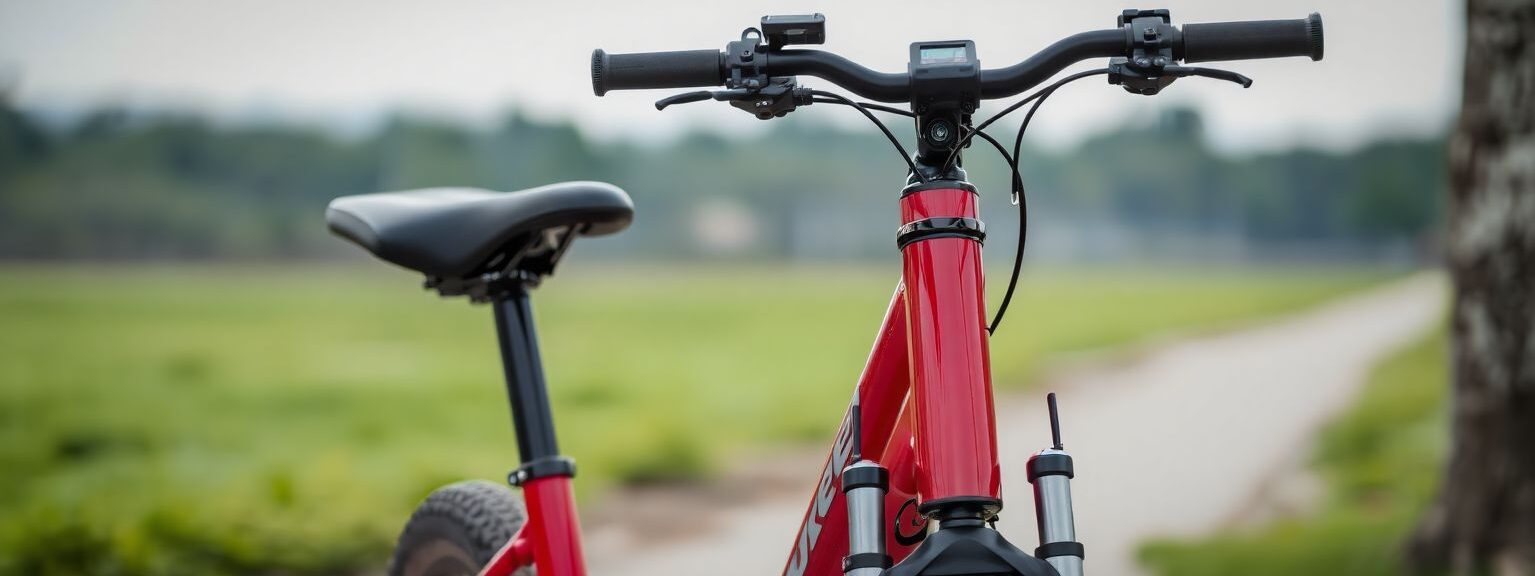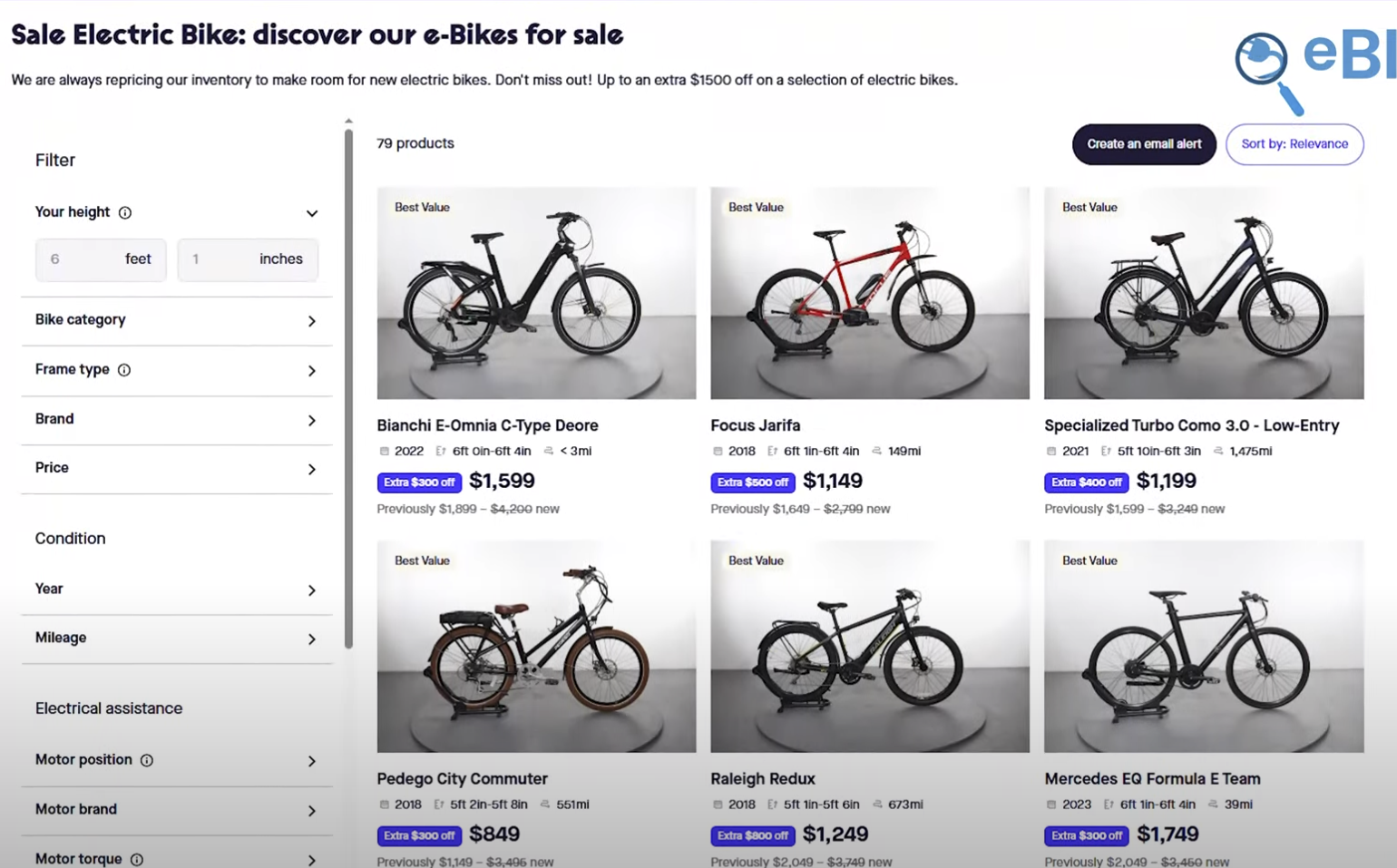Thinking about buying a used e-bike? Our brutally honest guide covers what to look for, common pitfalls, and whether pre-owned electric bikes are actually worth it.
Let’s cut through the marketing fluff and have an honest chat about used e-bikes. You’ve probably seen them popping up everywhere – from Facebook Marketplace to that sketchy guy on Craigslist who insists his “barely used” e-bike just needs “a tiny bit of work.” But are these pre-owned electric steeds actually worth your money, or are you better off saving up for something shiny and new?
Don’t Buy A Used E-bike Before Watching This!
The Cold, Hard Truth About Used E-bike Shopping
Here’s the thing nobody wants to tell you: buying a used e-bike is like dating someone with “complicated” relationship history. Sometimes you strike gold, but other times you end up with expensive therapy bills (or in this case, repair costs).
The used e-bike market has exploded faster than my neighbor’s DIY fireworks last Fourth of July. With new electric bikes often costing more than my first car, it’s no wonder people are hunting for deals in the second-hand market. But buyer beware – not all used e-bikes are created equal.
What Makes a Used E-bike Worth Buying?
The Sweet Spot Models
Some e-bikes age like fine wine, while others turn into expensive paperweights faster than you can say “dead battery.” Here’s what to hunt for:
Premium brands with solid track records tend to hold their value better. Companies like Trek, Specialized, Giant, and Cannondale didn’t become household names by accident. Their bikes are built to last, and replacement parts won’t require selling a kidney.
Mid-drive motors over hub motors generally offer better longevity and performance. Sure, hub motors are simpler, but mid-drive systems feel more natural and put less stress on the wheels. Plus, they’re usually found on higher-quality bikes to begin with.
Bikes under three years old hit that sweet spot where technology hasn’t become obsolete, but depreciation has knocked a decent chunk off the price tag.
Red Flags That Should Send You Running
Batteries that “just need charging” – This is like saying a relationship “just needs communication.” If the battery won’t hold a charge, you’re looking at $300-800 in replacement costs. Do the math.
Weird modifications or DIY repairs – Unless you enjoy playing electric bike detective, avoid anything that looks like it was assembled by someone whose primary tool was duct tape and wishful thinking.
No service records or original documentation – Legitimate sellers keep receipts and manuals. Sketchy sellers have stories about how everything “got lost in the move.”
The Real Cost of Going Used
Here’s where things get interesting. That $1,200 used e-bike might seem like a steal compared to the $3,000 new version, but let’s break down the real numbers:
Immediate costs you might face:
- Battery replacement: $300-800
- Brake adjustments: $50-100
- Tire replacement: $60-120
- Chain and cassette: $80-150
Suddenly that “great deal” isn’t looking quite so great, is it?
I Bought the Cheapest USED ELECTRIC Bike (5 yrs old)
Battery Blues: The Heart of the Matter
The battery is basically the heart of any e-bike, and like hearts, they don’t last forever. Most e-bike batteries are good for 500-1000 charge cycles before they start losing significant capacity. That sounds like a lot until you realize heavy riders in hilly areas might go through a charge every day or two.
Pro tip: Ask sellers about the battery’s age and usage patterns. Someone who commuted 20 miles daily for two years has probably cycled that battery way more than someone who used it for weekend grocery runs. It’s simple math, but you’d be surprised how many people don’t think about it.
Where to Hunt for Used E-bike Gold
Facebook Marketplace and Craigslist are the wild west of used e-bike shopping. You’ll find everything from genuine steals to elaborate scams. Meet in public places, bring a friend, and test ride everything.
Local bike shops sometimes have trade-ins or consignment bikes. You’ll pay a bit more, but you get some peace of mind and usually a short warranty.
Specialized cycling forums and groups often have knowledgeable sellers who actually maintain their bikes. These folks usually provide detailed histories and honest assessments.
The Test Ride Truth
Never, and I mean NEVER, buy a used e-bike without a proper test ride. Here’s your checklist:
Power delivery should be smooth and predictable. If it feels jerky or cuts out randomly, walk away. These issues rarely get better with time.
Brakes should feel confident and not make horrible grinding noises. Your life literally depends on these working properly.
Check all electrical connections. Wiggle wires and make sure nothing is loose, corroded, or held together with electrical tape.
Test all assist levels and throttle response (if equipped). Everything should work smoothly without hesitation.
When Used Makes Perfect Sense
Despite all my warnings, there are absolutely times when buying used is the smart move:
You’re new to e-biking and want to test the waters without a massive financial commitment. Better to discover you hate hills on a $800 used bike than a $3,000 new one.
You found a barely used, high-quality bike from someone who bought it impulsively and rode it twice. These unicorns exist, especially in wealthy suburbs where people buy expensive toys and forget about them.
You’re mechanically inclined and enjoy tinkering. If you can handle basic maintenance and repairs, you can often snag bikes with minor issues for significant discounts.
The Warranty Reality Check
Here’s something that might sting: most manufacturer warranties don’t transfer to second owners. That expensive Trek or Specialized you’re eyeing? If something major goes wrong, you’re on your own. Factor this into your decision-making process.
Some dealers offer limited warranties on their used inventory, but don’t expect the same coverage you’d get with a new purchase.
Making the Final Call
So, are used e-bikes worth it? Like most things in life, it depends. If you’re patient, do your homework, and get a little lucky, you can find an excellent bike that serves you well for years. But if you jump at the first “great deal” you see without proper research, you might end up with an expensive lesson in buyer’s remorse.
My honest recommendation? If you can afford to buy new without financial strain, do it. The peace of mind, warranty coverage, and ability to get exactly what you want is usually worth the extra cost. But if budget is tight and you’re willing to be patient and picky, the used market can offer genuine value.
Just remember: in the world of used e-bikes, if something seems too good to be true, it probably is. But sometimes, just sometimes, you’ll find that perfect bike at the perfect price from the perfect seller. And when that happens, it’s absolutely worth it.
The key is knowing the difference between a great deal and a great mistake. Now get out there and happy hunting – may the e-bike odds be ever in your favor!

